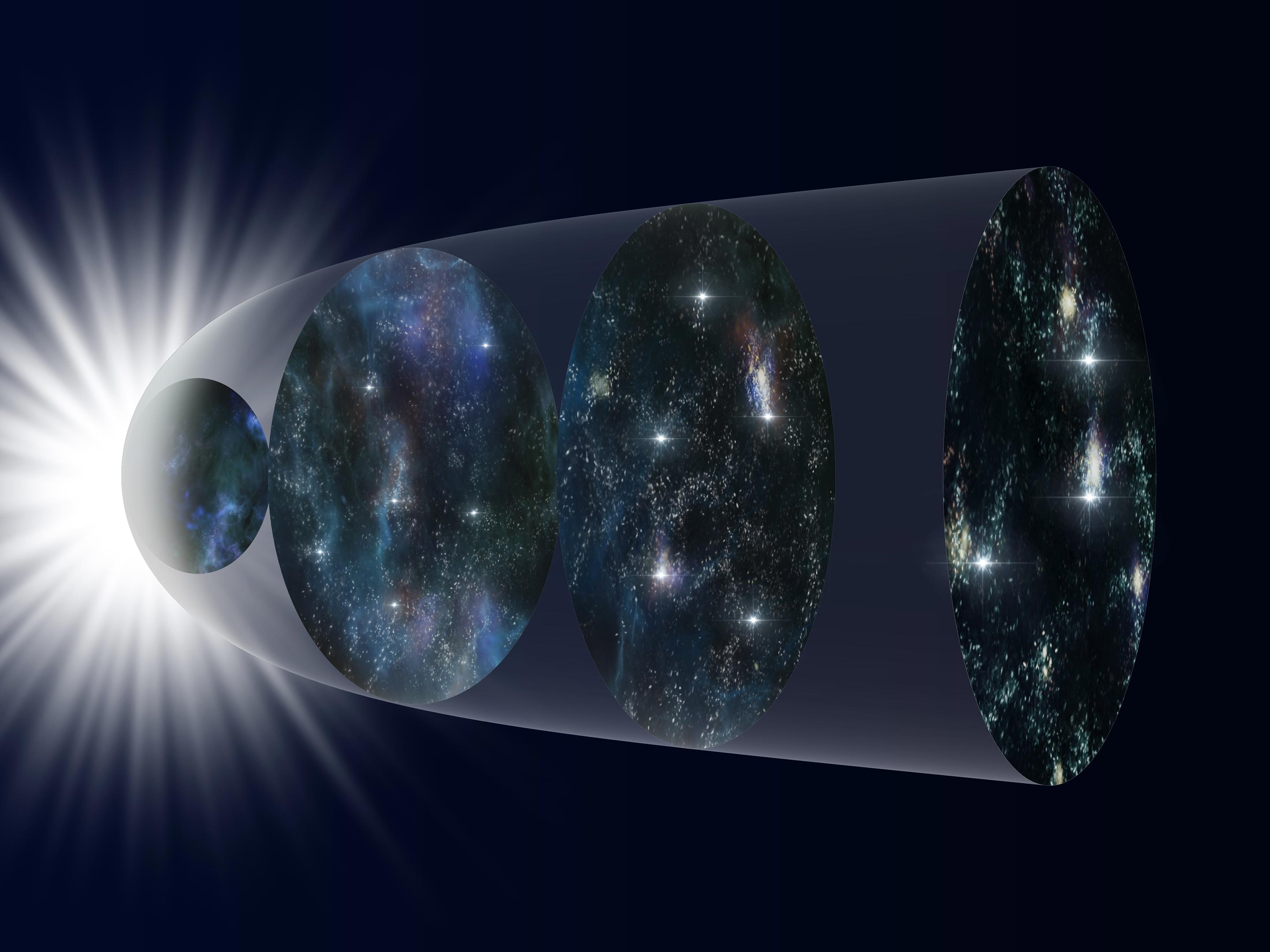Unlocking the Potential of Silicene through Halide Functionalization
As someone who has always been fascinated by the intersection of technology and science, particularly within the realms of Artificial Intelligence and Cloud Solutions, I’ve recently turned my attention towards the advancements in material science—specifically the transformative potential of silicene. Silicene, a silicon-based counterpart to graphene, holds significant promise in the field of semiconductors and photovoltaics, largely due to its unique properties which can be further enhanced via functionalization. Drawing from a comprehensive study utilizing density functional theory (DFT), I delve into the intricacies of bandgap tuning in chloro-fluoro silicene, shedding light on its implications for the future of electronics and optoelectronics.
Exploring the Structural and Electronic Foundations
The study in question employs the Perdew–Burke–Ernzerhof generalized gradient approximation (PBE-GGA) as the exchange–correlation potential to navigate the structural, electronic, and optical properties of silicene and its derivatives. Initial steps involve the relaxation of materials to pinpoint accurate structural parameters, with Cl–Si exhibiting the most notable buckling and lattice parameter among the derivatives explored. This meticulous process allows for an in-depth examination of electronic charge density, charge difference density, and electrostatic potential, which collectively offer insights into bonding characteristics and charge transfers between Si–halides.
Bandgap Modification through Functionalization
In my time at Microsoft, working towards optimizing cloud solutions, I learned the value of adaptability and customization—a principle that echoes in the functionalization of silicene. The study highlights how the introduction of chlorine and fluorine atoms can significantly open the bandgap of silicene. Specifically, Cl–Si and F–Si boast band gaps of 1.7 eV and 0.6 eV, respectively, with Cl–F–Si presenting an intermediate band gap of 1.1 eV. This capability to fine-tune the bandgap through halide functionalization presents a promising avenue for tailoring the electronic and optical properties of silicene to meet specific application needs.
Optical Properties and Stability Assessments
- Dielectric constants (ε1 and ε2)
- Refractive indices (n)
- Extinction coefficients (k)
- Optical conductivity (σ)
- Absorption coefficients (I)
The analysis extends to the optical properties and stability of silicene derivatives, incorporating factors such as dielectric constants, refractive indices, and extinction coefficients. The calculated binding energies and phonon band structures reaffirm the stability of Cl–Si, Cl–F–Si, and F–Si, underpinning their suitability for practical applications.
Comparative Advantage over Graphene
A noteworthy aspect of this study is its comparison of silicene with graphene when functionalized with halides. Despite graphene’s prominence in research and application, silicene, through strategic functionalization, emerges as a superior alternative in certain semiconductor and photovoltaic applications. The evident flexibility in bandgap tuning offered by silicene derivatives underscores their potential to herald a new era in materials science, with profound implications for the development of advanced electronic and optoelectronic devices.
In conclusion, the exploration of chloro-fluoro silicene through DFT highlights the remarkable potential of this material in revolutionizing the field of semiconductors and photovoltaics. My journey, from the classrooms of Harvard to the forefront of AI and Cloud Solutions consulting, has ingrained in me the importance of evidence-based innovation. This study serves as a testament to the transformative power of material science when guided by rigorous analysis and creative thinking.
Focus Keyphrase: bandgap tuning in chloro-fluoro silicene


